Book a free 15-minute consultation. We’ll help you understand what may be causing the pain and provide the guidance you need to get you back to your best.
"*" indicates required fields
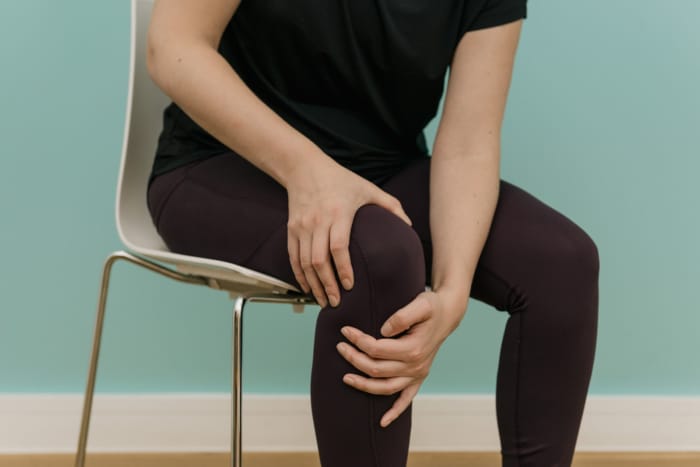
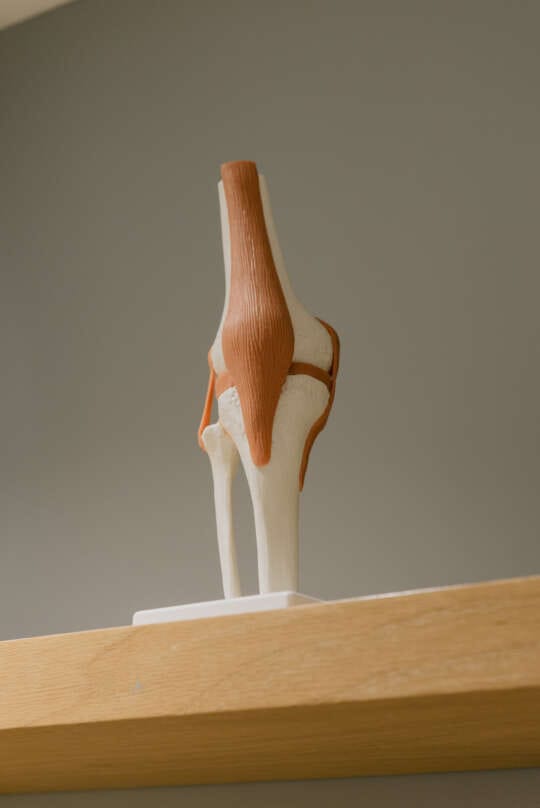

Sports that typically see this type of injury include football, netball, rugby and skiing. The ACL can be injured during a change of direction, cutting or pivoting task and around 70% of these are non-contact.
We are highly experienced in assessing and rehabilitating people with these injuries and helping them from the day of injury back to the field of play.
We use our multidisciplinary team throughout the process to optimise their rehab, and provide testing and feedback throughout their journey to make data driven decisions about return to play.
Speak to our team today
Did you know woman are 6 times more likely to injure their ACL than men? We put our best minds to it and have broken down the reasons why this could be. It is an area that certainly needs more research, but until then, it’s a case of prevention, strengthening, and targeted rehab.
Read more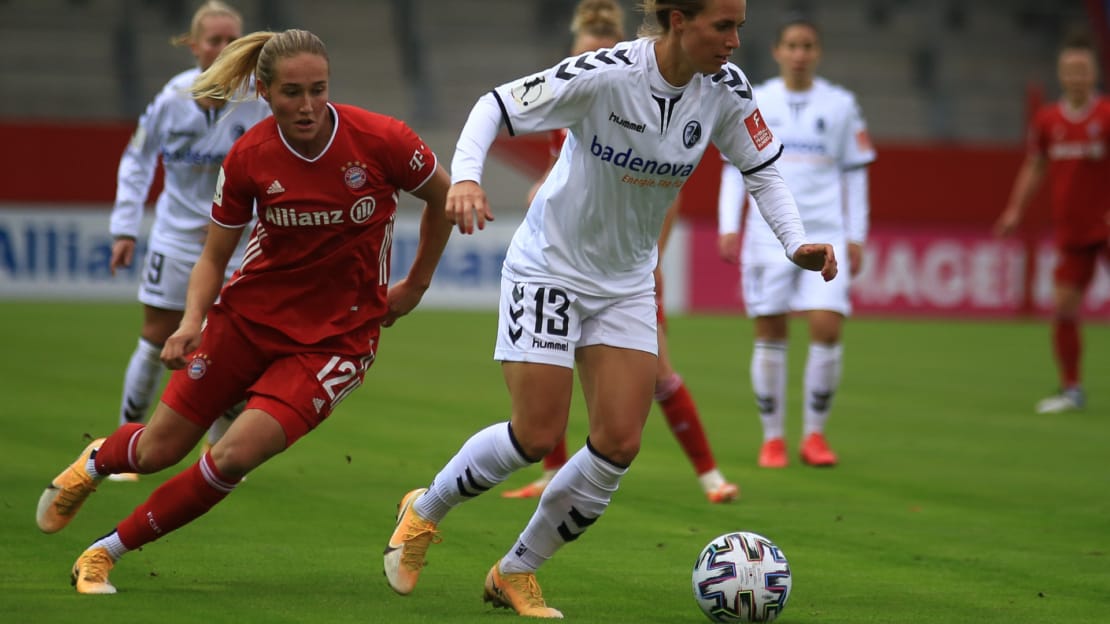
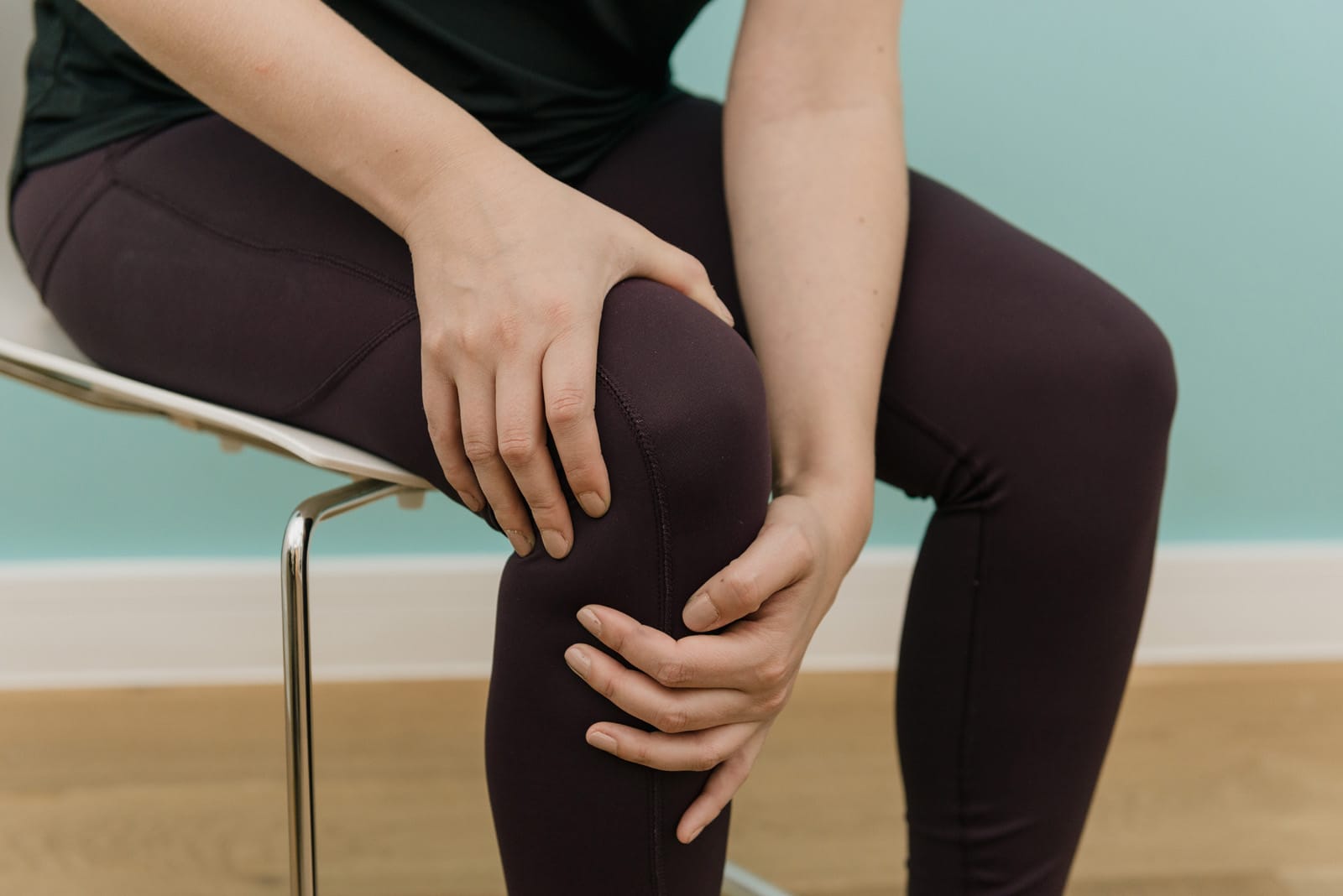

This new and exciting non-surgical treatment option can support those with acute ACL injuries, sustained with the previous 15 days.
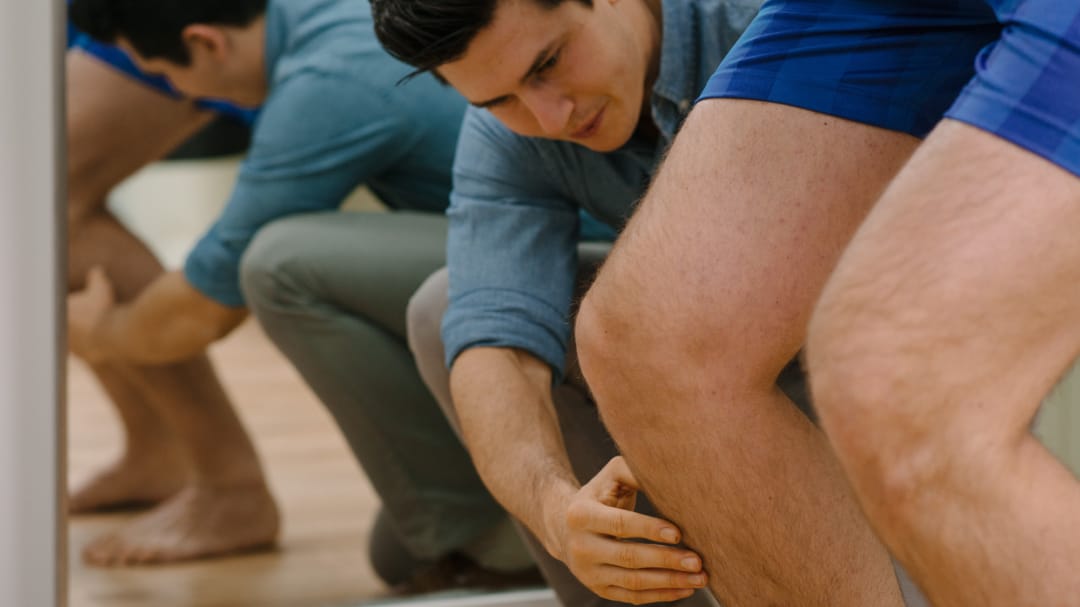

What factors (if any) can we use to predict the chance of a successful outcome after anterior cruciate ligament (ACL) reconstructive surgery? Over the past two years our Research Team have conducted an extensive study to answer this question.


It’s any skier’s nightmare to make it to those beautiful slopes, only to take a nasty tumble and spend the rest of the trip almost exclusively in the lodge. Ski injuries are tricky, but we’re here to tell you that there are ways back from musculoskeletal skiing injuries!


Head of S&C Andy Reay discuss the 5 most likely injuries to experience for rugby players, and what the recovery path looks like for each.
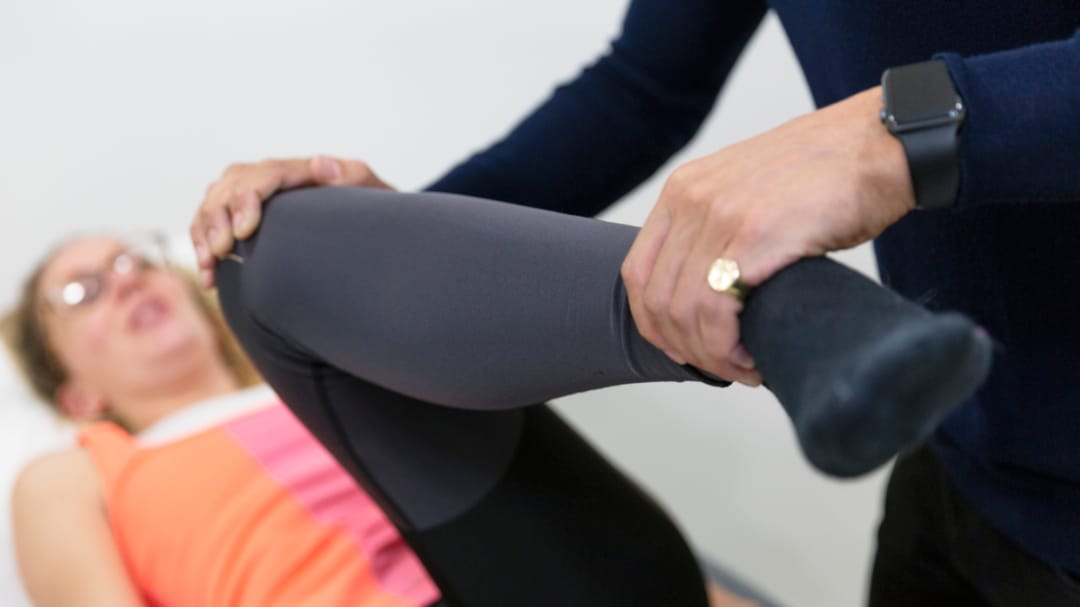

If an area is injured or inflamed the muscles around it can likely ‘switch off’ leading to other muscles and areas having to work harder to compensate. We discuss this in relation to the knee, the signs, symptoms and appropriate treatment.